It’s been a long hiatus between posts and much has happened since my last post. After leaving Tassie and returning to my van in Learmonth near Ballarat I sold my Landcruiser 200 series and prepared the Troopy for an adventure – the big lap of Australia in the troopy. Well at least that was the plan, however, things don’t always turn out how you plan them and I’m not sure whether I’ll make it around as I’m moving too slowly yet again.
A niggling medical issue that’s been bugging me since I first went to Tassie and had many doctors visits and tests, has finally reached the stage where I managed to get a referral to a specialist. Of course this didn’t happen while I was in Ballarat with my van, here the doctor seemed more intent on sending me for test after test and drawing things out. I left Learmonth and spent 3 days driving up to Tingha in Northern NSW, visited a new doctor here who was more than happy to refer me straight to a specialist.
Yes, ok this is all leading somewhere. I’d come here to Tingha to fossick for some more quartz, specifically jelly beans(see initial picture), and to catch up with Shaun at the caravan park here. So after a couple of weeks here fossicking and waiting for doctors to talk with each other I finally had my booking for the specialist in Toowoomba, about 3 hours north of here in Southern Queensland. In 6 weeks time!
What was I to do? I had to be 3 hours away in 6 weeks. Originally I thought I would visit the coast and explore along northern NSW, but I was starting to get a real feel for the fossicking here. There’s something to be said for walking around in the bush, seeing the birds and the kangaroos, exploring the area while discovering beautiful shiny rocks.
The Tingha plateau reserve is an area around the small settlement of Stannifer, about 10kms from Tingha. The area had been mined for tin over many years ago which had left some interesting scars through the landscape. This area where they had mined was also fairly thick with quartz as seems to often happen in tin mining areas, and one of the great things about the area near Stannifer is the predominance of whats known as Jelly Bean Quartz. Jelly beans are quartz crystals that have been rolled and tumbled in rivers and streams until their original sharp angular crystal shape becomes rounded and smooth, often similar in shape to a jelly bean. In reality they look almost like any other water worn rounded smooth pebble you may find in a river or at the beach, except for the fact that they are quartz and can be beautiful and clear like a glass bead.
These jelly beans come in a variety of shapes, sizes and colours, from perfect round balls, through to long cylindrical shapes. From clear glass, to frosty white and smoky quartz in all shades from light greys through to browns and deep black colours, or when you’re exceptionally lucky you can find citrine which range from light yellows through to golden oranges and even deep golden reds. The colour differences arise from different minerals and impurities in the crystals during their formation coming from their surroundings.
There are also many quartz crystals to be found in the area, still in their original crystal form, ranging from small beautiful crisp, clean, clear crystals through to big ugly, busted up deformed chunky crystals filled with many imperfections. I spent my time here chasing beans rather than crystals, and to be more precise, I’ve spent most of my time searching for big jelly beans, yes, I’m “big bean hunting”.
It first started when I found quite a large piece of a broken bean while I was specking (walking around looking on the ground). In fact I spent almost 2 weeks walking through the bush specking all the old mining areas finding jelly beans and crystals. But, in the whole time I’ve been here I’ve only covered a fairly small area around Tinga street, which is more of a track just out of Stannifer, there are large areas I haven’t explored yet.
So whats involved in big bean hunting? I’d almost rather not say. Talking with Shaun here at the caravan park he said that in all his years here he’s never heard of anyone targeting and collecting big jelly beans, and he’s only ever seen the odd one that someone might stumble upon by accident or when they have a bit of a dig on a rock pile. Now after I’ve been targeting them for a few weeks there’s already large areas that are done and finished. See the trick for finding big beans is the rock piles.
The rock piles are left from the tin mining, as part of their mining process they would remove the larger rocks and dump them in piles all through the mining area. So find a pile of rock and get stuck into it with a pick/shovel/hoe, or whatever tool you have handy and start digging through the pile looking for nice round potentially shiny big beans.
I met Terry and Sue at the caravan park and they were here for small jelly beans and small crystals but after seeing my big beans Terry spent a couple of days out with me seeking out rock piles hidden in the bush stalking the elusive big beans.
Some of the beans can be really big, this is a lovely clean one, clear on top and smokey down near the base, beautifully clear inside and weighs 650g, while the following baseball weighed in at 500g.
And this one is a little like a golden dinosaur egg, a magnificent specimen.
Unfortunately you quickly come to the realization that there are only so many rock piles and once you’ve been through a pile, it’s finished. Also there are many piles which are hard to dig because they are full of clay, other rock piles can be buried under massive sand piles or they have been used to form ramps and roads as part of the mining process, and they’re just too hard to get too. Some rock piles have been flattened out and can be very hard to find, perhaps only 6 deep buried just under the surface. The most productive pile I’ve seen was like this, found by Bill and Bev right beside the road, it produced 8-10 good big whole beans including my biggest one as well as lots of smaller stuff and broken bits. The average small rock pile might only have one good whole bean while a good pile could have 2-4. Of course you have a fair chance of finding nothing as well.
There’s one guaranteed way of finding beans around here and that’s to go digging for small beans, you can see some of my workings above where I’ve dug the dirt out of the ground, then sieved it off to one side removing the sand and throwing out all the loose rock after picking out any small beans and crystal. For small beans you just look around one the ground, once you find some, have a dig, they are scattered throughout large areas out here and are generally pretty easy to find.
Here’s a standard days bounty of digging and sieving small beans in a good area I found with the container on the right being my keepers. Over my time here I’ve collected over 20 litres of small bean and crystal picked out one piece at a time, but I’ve only kept about 2 litres of the very best beans.
You can also end up with some nice medium sized beans while you are hunting for big ones or digging for small beans. Below is a picture of all my keepers, not a lot for 8 weeks work, but there are many buckets of broken bits I’ve given to Shaun and there’s also a bucket of stuff I’m going to bury for later.
Why on earth would I be burying a bucket of rocks? I’d been trying to figure out what I’d do with all the pieces I had which were nice but not perfect, I found many beans with chips or perhaps the end broken off them. One day I’d like to use them, polish them up, perhaps use some for faceting. Now rather than carrying an extra 10-15kg or rock around with me, I’ll just go out there and bury the bucket so that I can come back later and get them. Hopefully no one will find it. Hopefully I’ll find it again.
Different areas out here produce different rock, I’d been concentrating one areas that produced predominantly jelly beans but further up the road the rock piles and digging produced crystals and not a so much water worn jelly beans. Some of the crystal areas were very prolific though most of it was dirty stuff, “blue collar quartz” as Shaun would call it, especially at one area of rock piles he discovered. Within 3 or 4 hours I had half a bucket of big blue collar crystals from his piles, though most I ended up giving to Shaun.
After you spend enough time here, you can tell where people have been fossicking by what they bring back, yesterday when a couple returned to clean their finds I knew straight away they had visited Tingha sand mine.
Sometimes it can be wet, and it’s always pretty cold at this time of the year.
But after spending about 8 weeks here in Tingha and Stannifer you really come to like the place, even in the cold winter.
Want to see what some of these beans look like polished up in a rock tumbler?
Edit –
Had to add a couple more things here to sum up the last couple of days in Tingha. Firstly, I did it, I buried almost everything in the end. I kept only one container of about 3 litres with all the beans I’ll take with me, everything else is buried in the bucket and the bucket is chock a block full, with a note in the top in case someone manages to find it, explaining to them just how much of a lucky, lucky, lucky, lucky bastard they are.
But then unfortunately the post ends on a sour note, a naming and shaming. This goes out to Rene the Canadian who spent 5 or 6 days camped in the park. We fossicked together and chatted every day in the park. Then the day before he left I gave him and his wife quite a bit of quartz both jelly beans, crystal and chunks. But that wasn’t enough, while I was showing them what I’d found that day he pocketed the best piece of quartz I’d found.
Yeah, That’s you snug as a bug the next morning before you left Rene… What? did you think I wouldn’t notice? Do you think it’s OK to take it because I had more than you? Did you think I was too busy talking to you and your wife to see you? That’s really low mate! Really low! I was giving you stuff and at the same time you pinch more from me. I might expect something like that from a kid or someone desperate and destitute, but you are neither.
Pathetic, I hope I don’t see you again.
Another edit..
If you are wanting to fossick in the Tingha plateau area where most of my rocks in this post were found, you need to check before hand with authorities as I believe that fossicking was banned within the plateau reserve. Be a responsible citizen.. 🙂

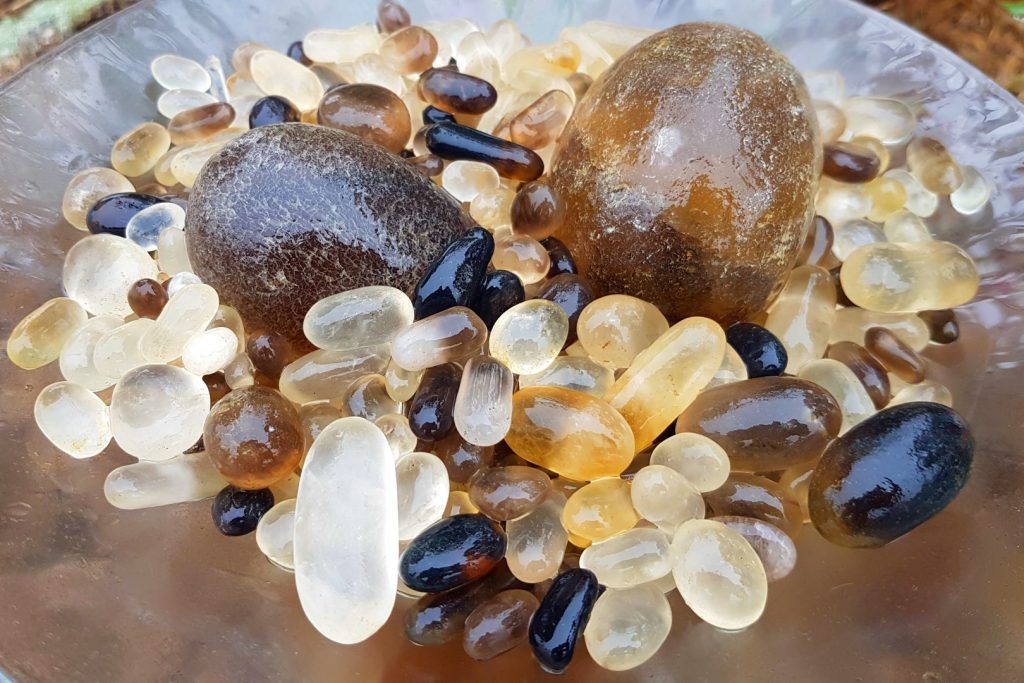
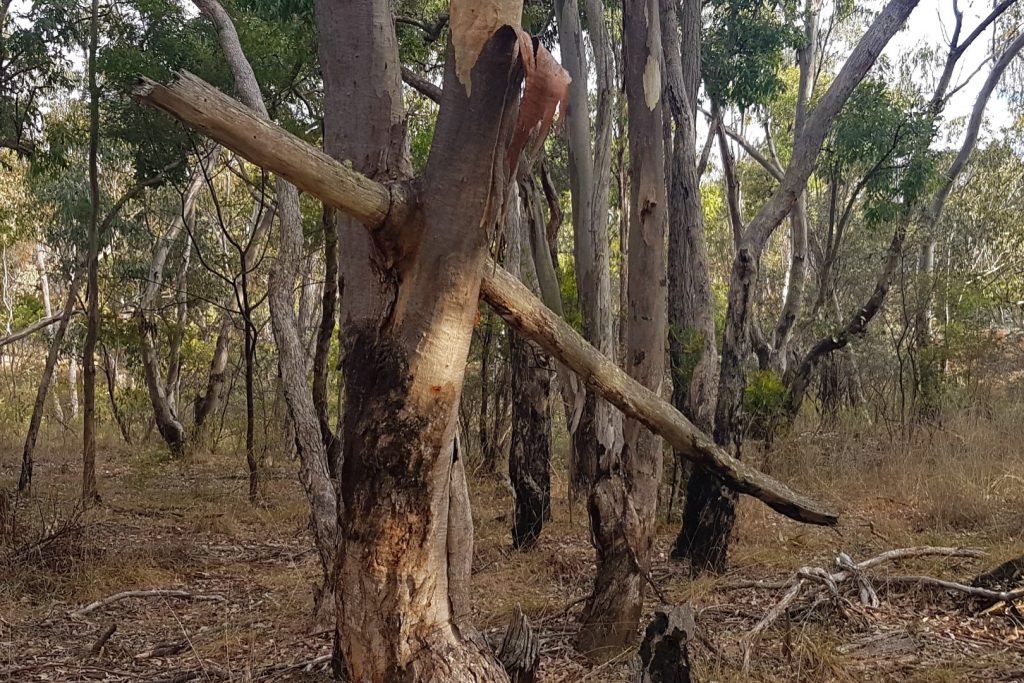
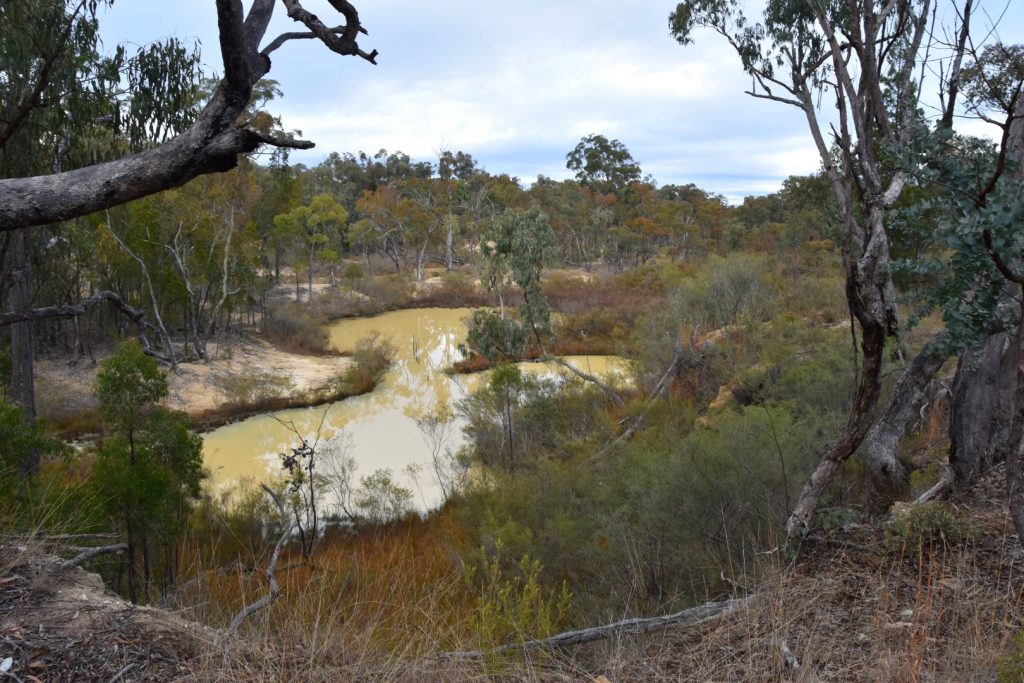
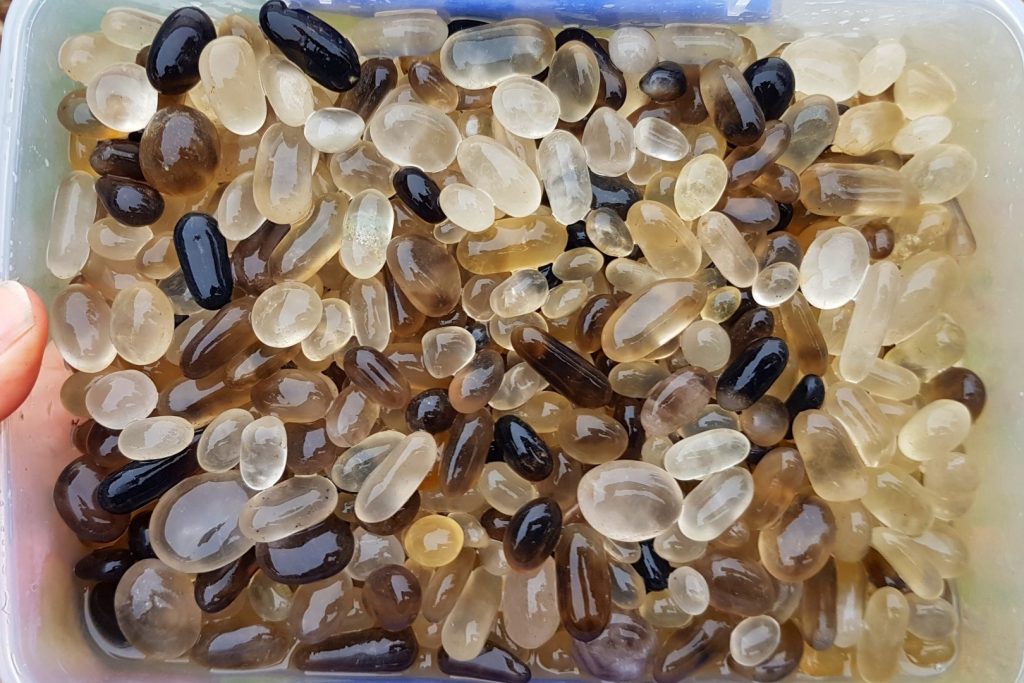
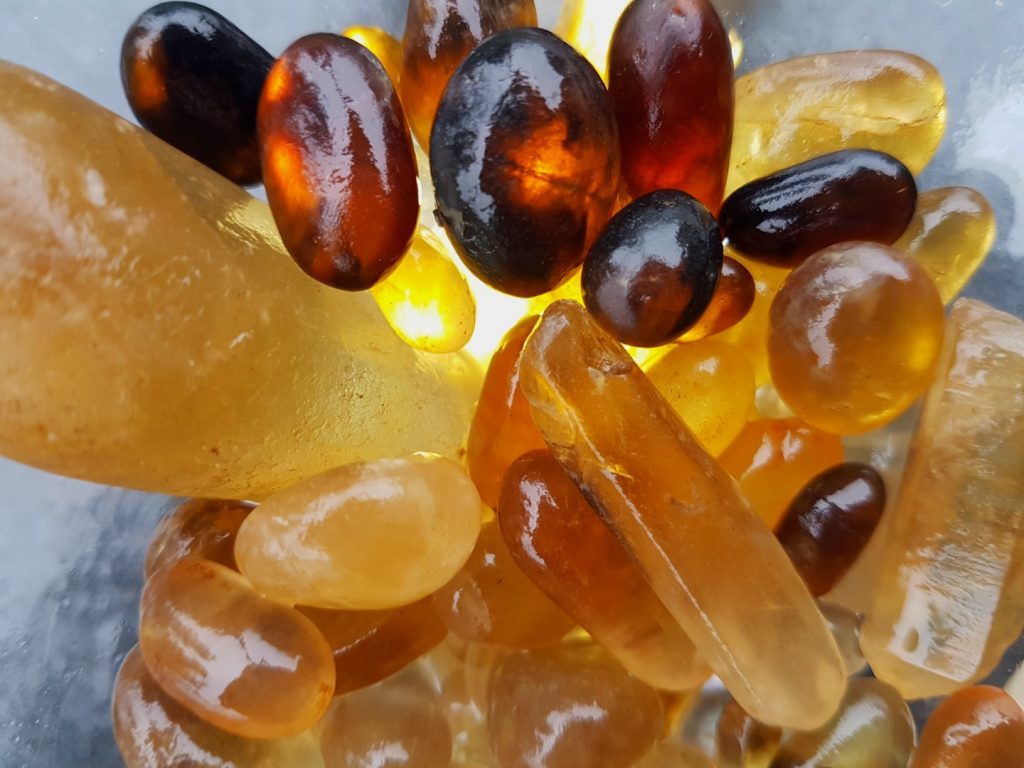
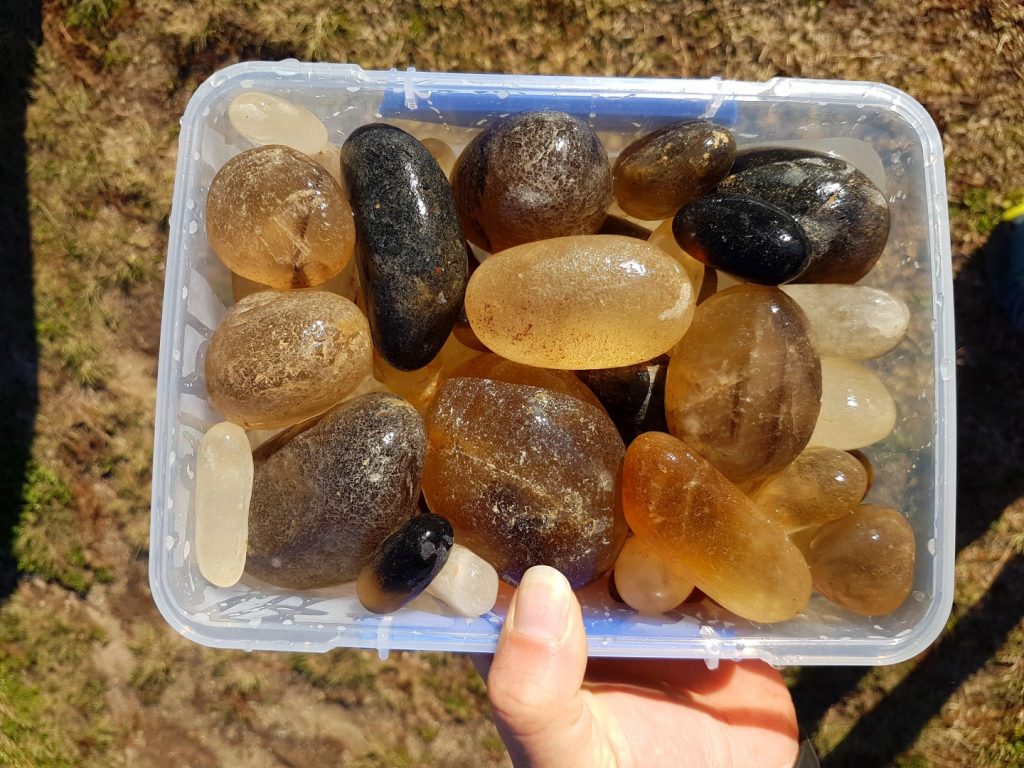
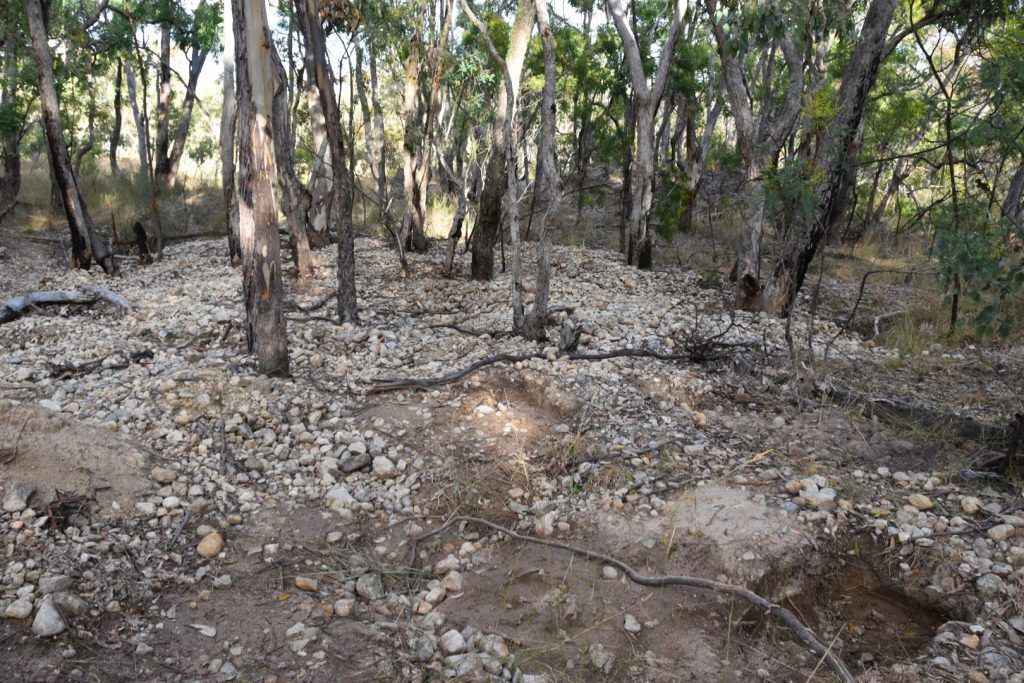
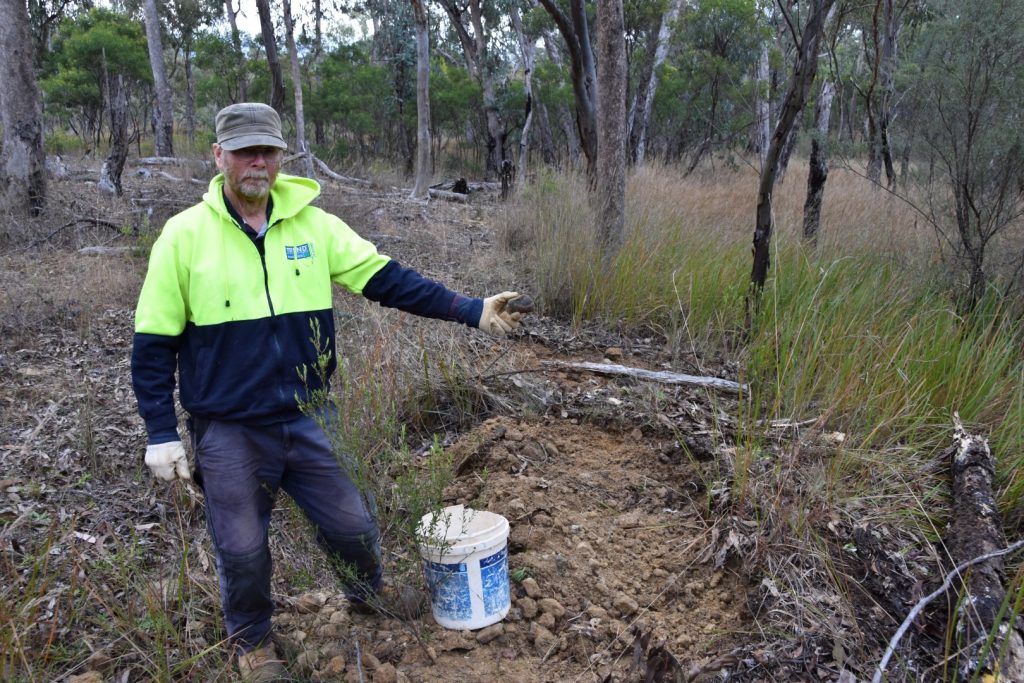
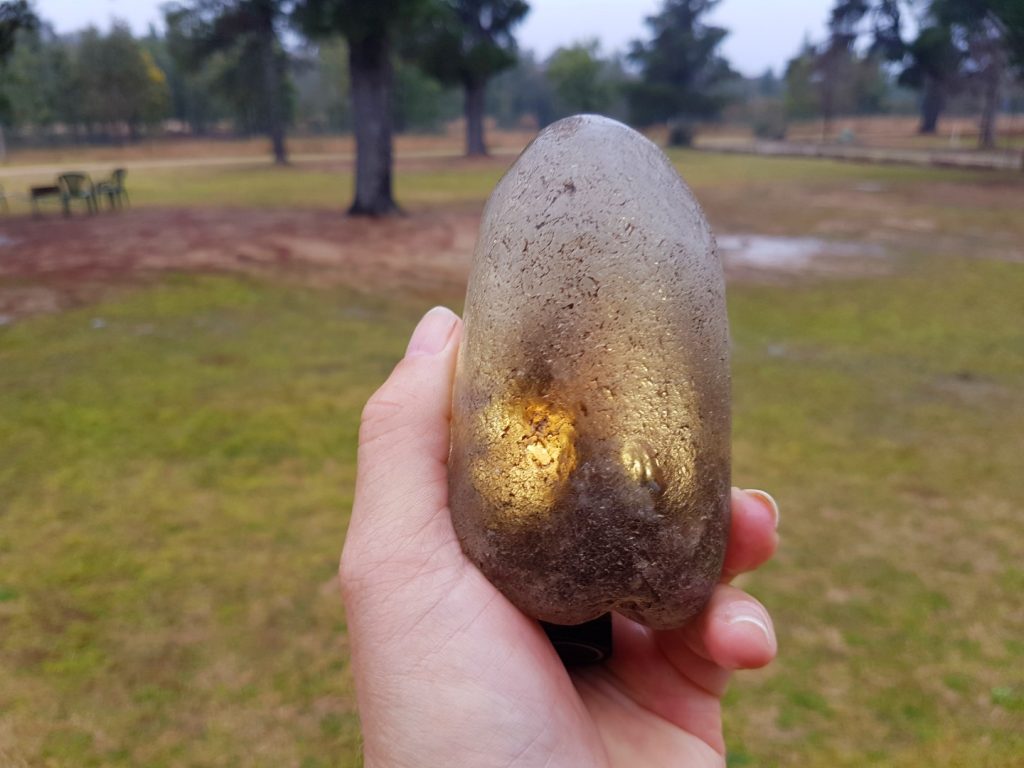
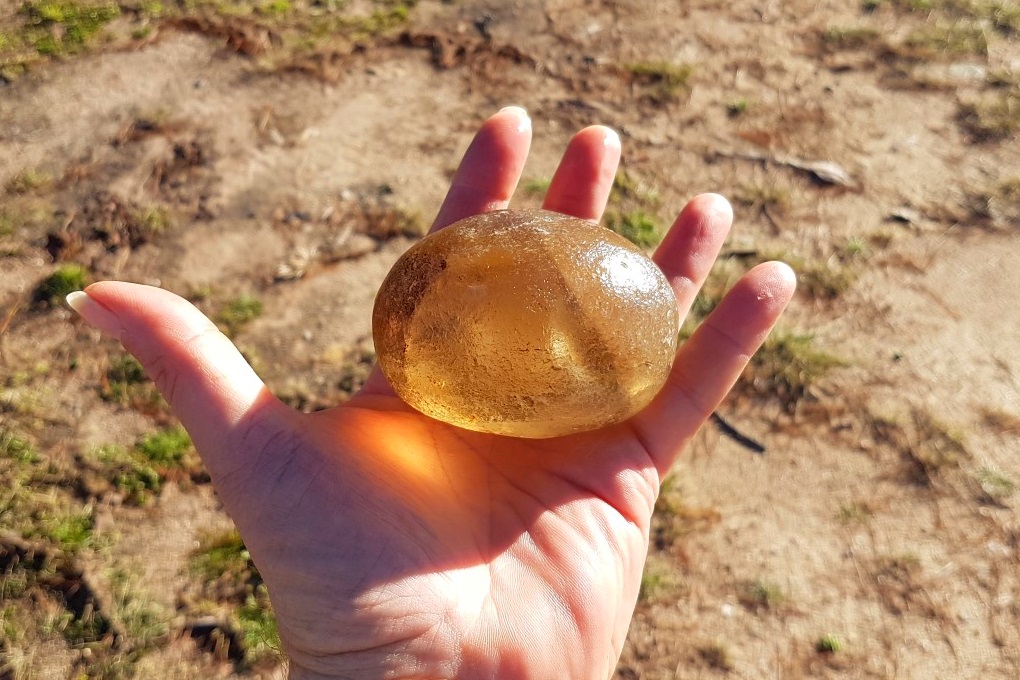

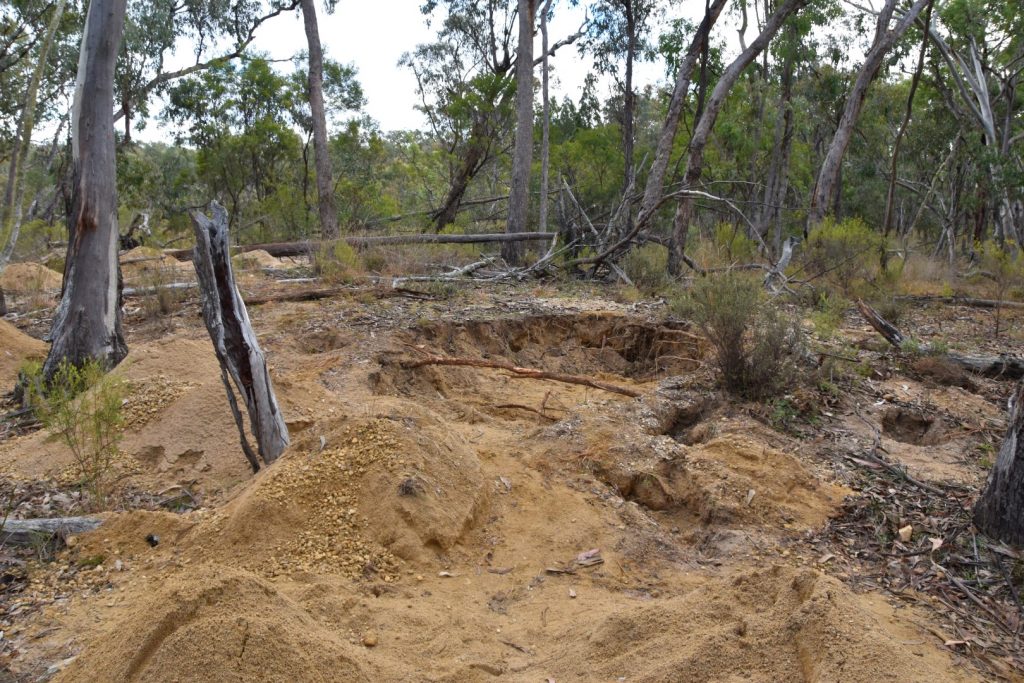
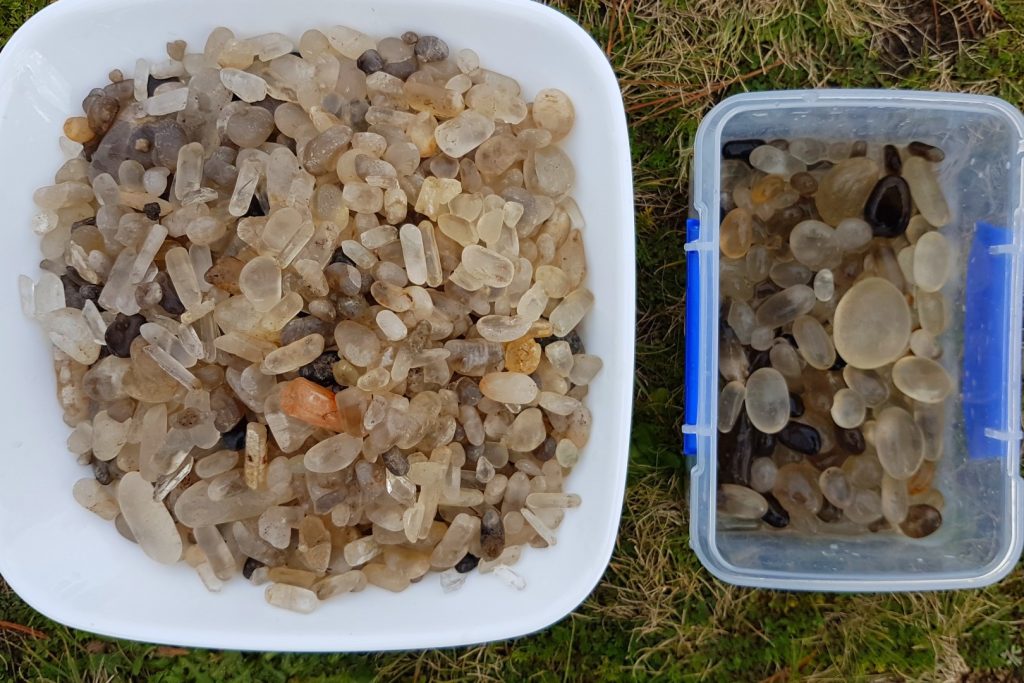
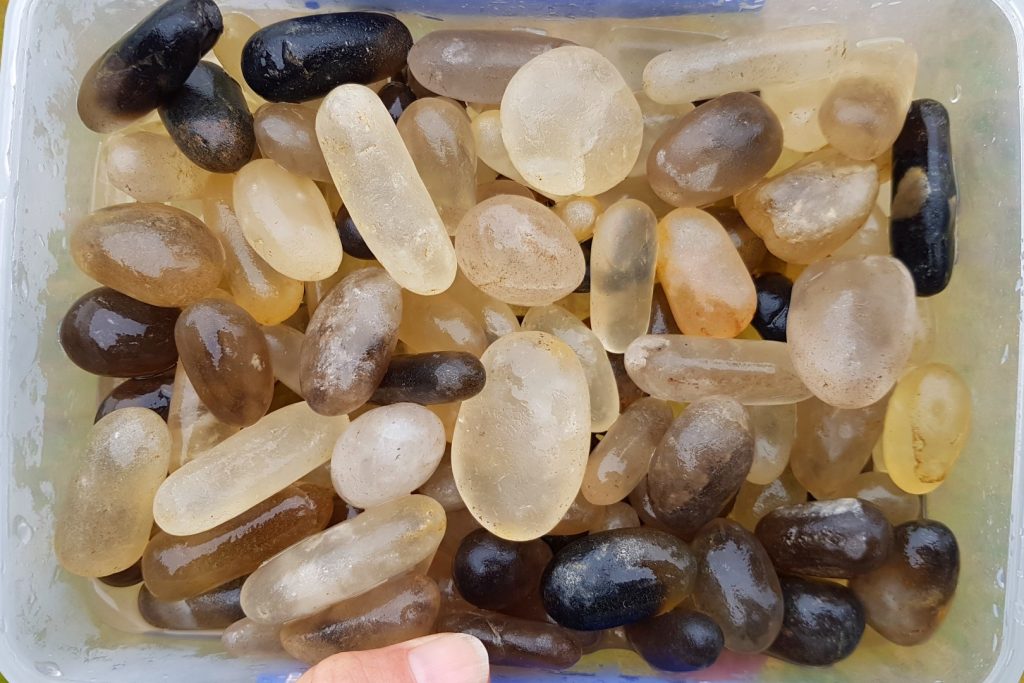
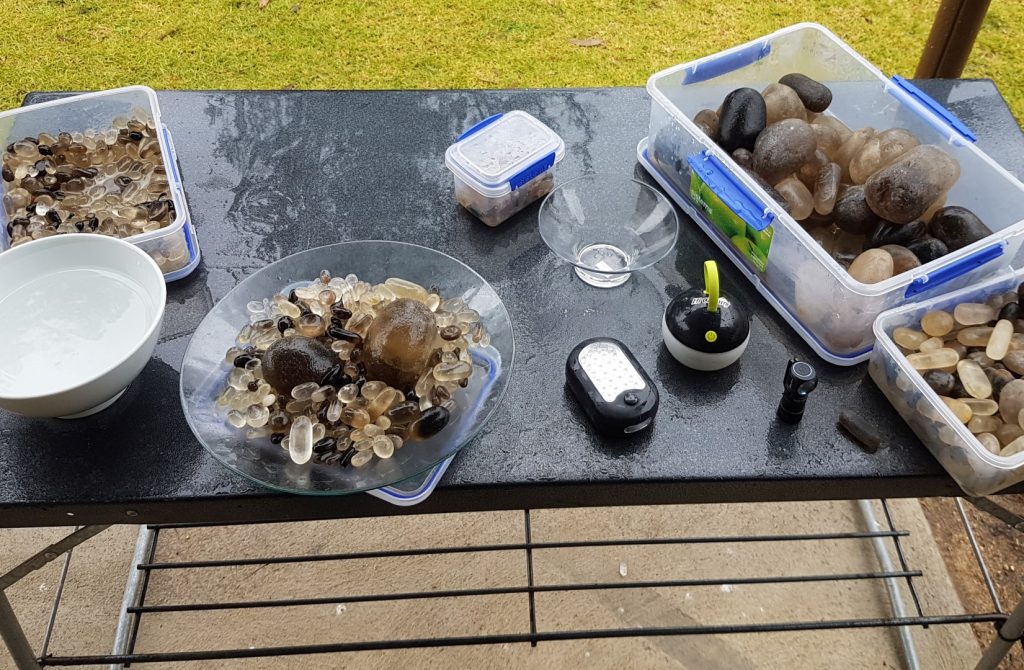
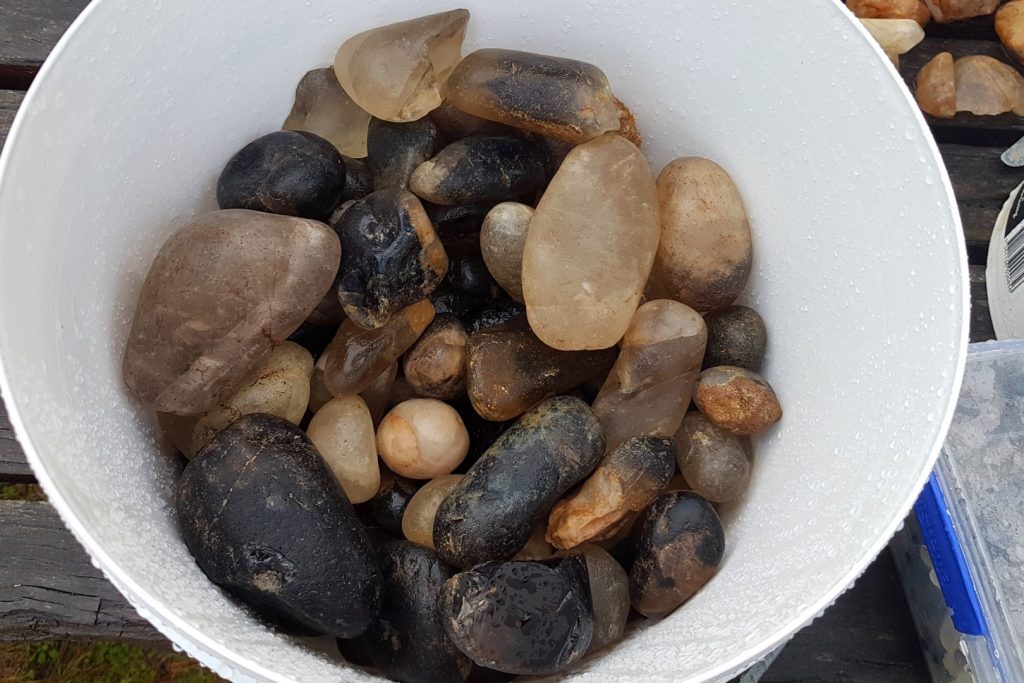
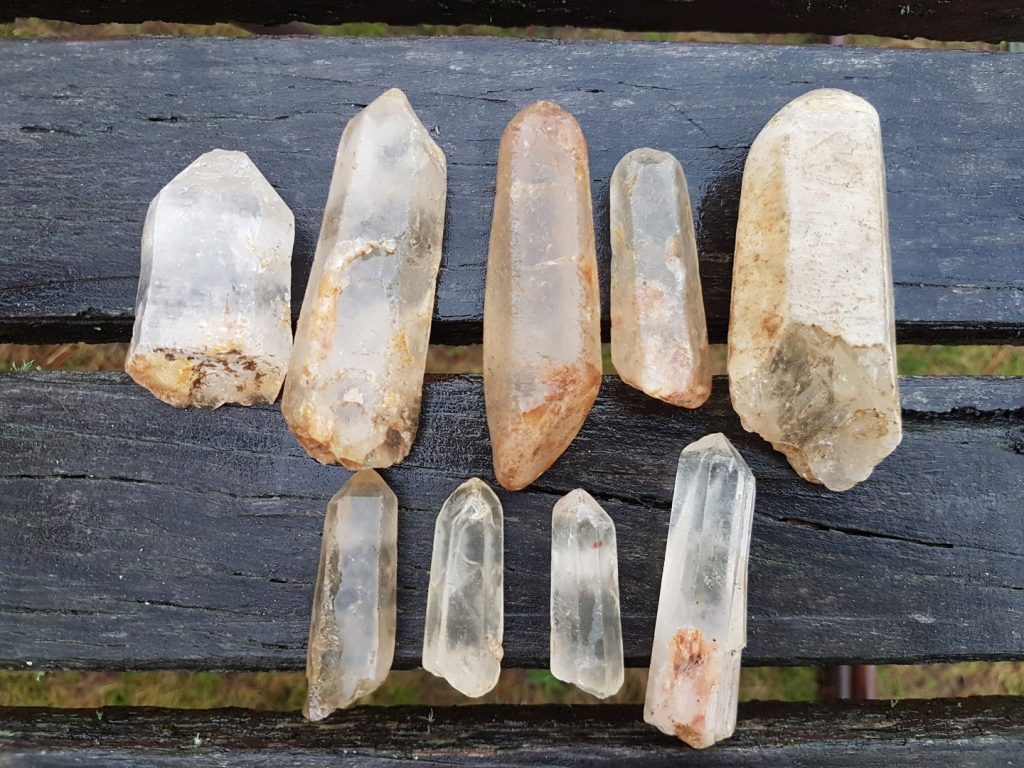
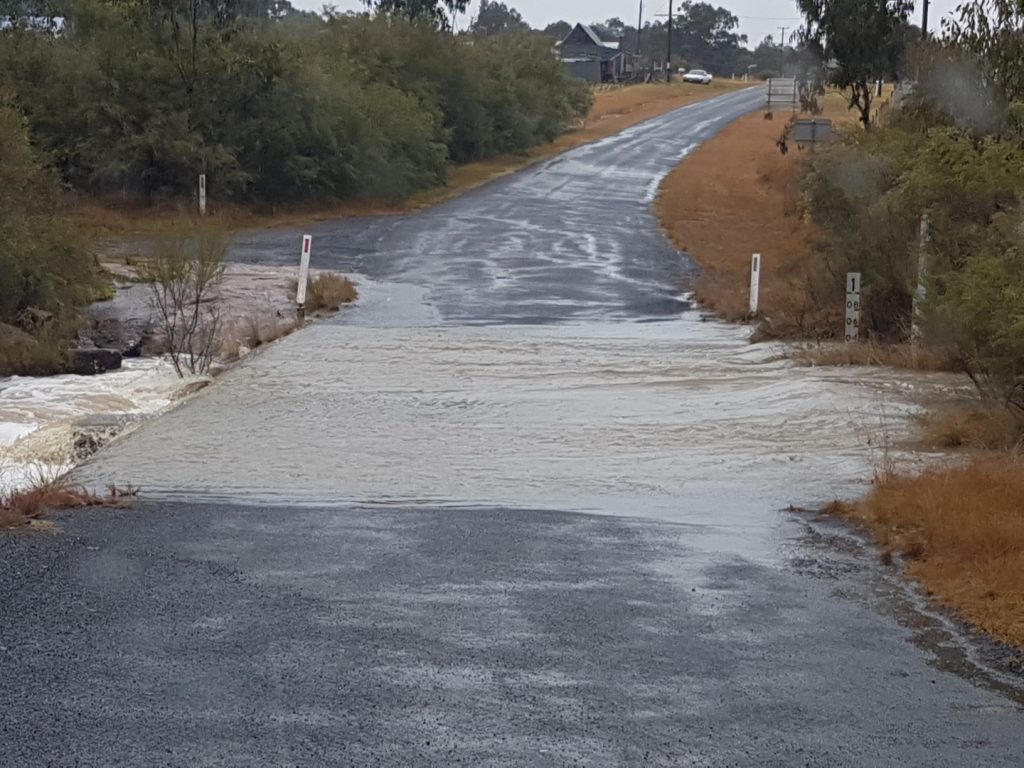
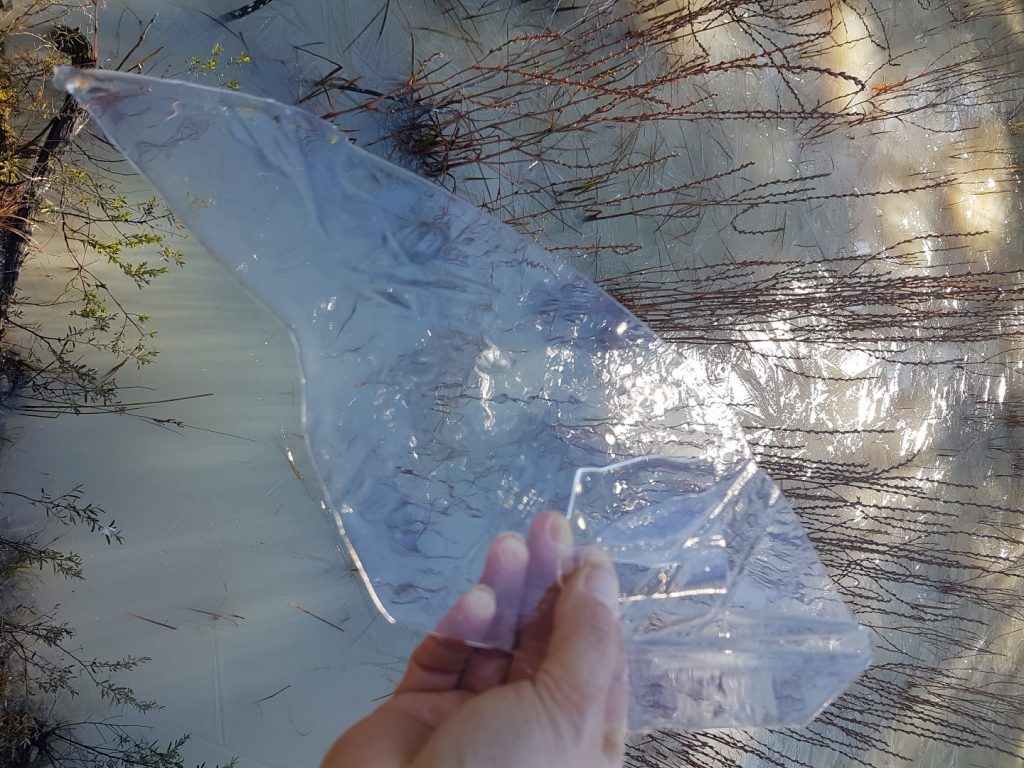

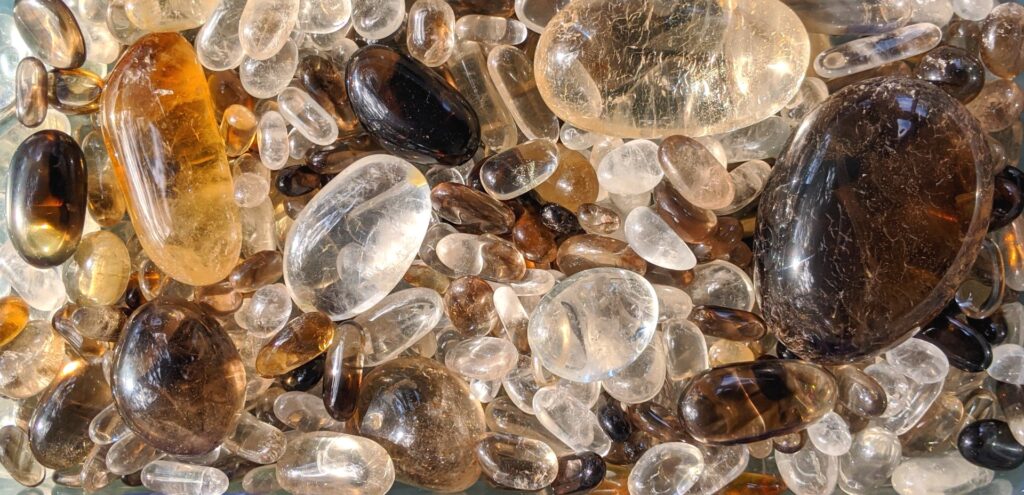

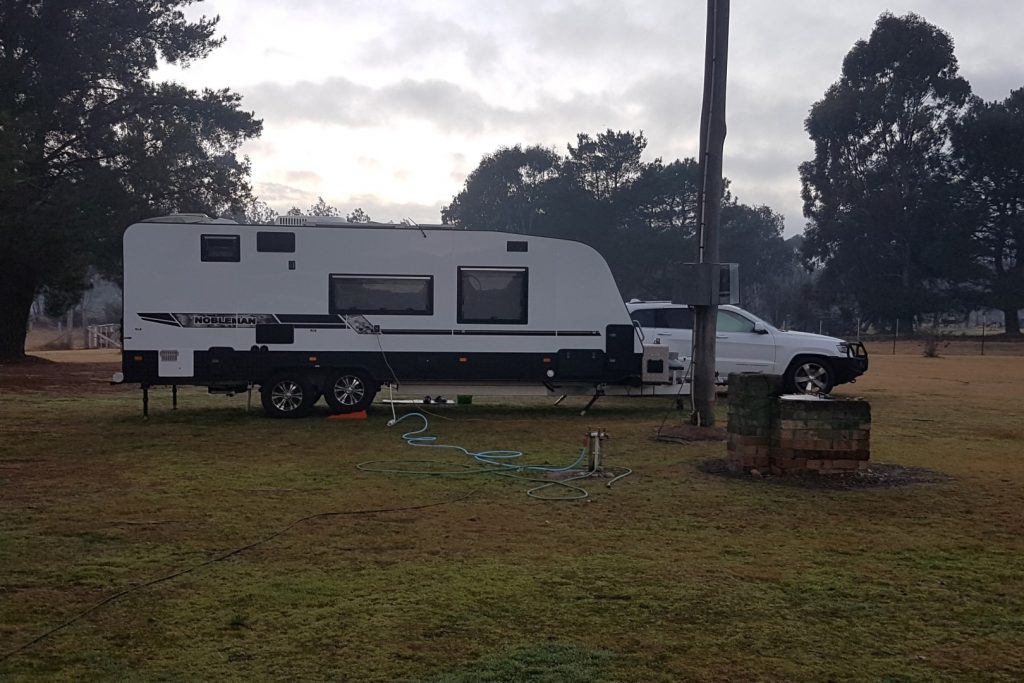
9 Comments
[…] my quartz jelly beans from the Tingha and Stannifer areas in NSW have come out sparkling like jewels. They looked interesting to begin with in their natural […]
Hi
I know this post is a bit old
However I’m wondering if any of the big dark jelly beans are for sale
Long shot I know
Cheers Chris
Hey Chris, no sorry mate, almost all of them are still over there buried in the bucket, I’ve not made it back over what with covid and everything.
Just gone through my Jelly Beans from Tinga from last month’s visit. First time at 78 years old doing Fossicking. Ended up with 5 kgs from 2 days near the river crossing.
Nice work Michael, I’ve still got a 20L bucket of them buried over there in the bush. Lol. Got to get back there one day and dig it up..😊
Heya chief, Ill be heading that way tomorrow for the first time.
Happy to pick up your bucket for you if you let me know where you left it 😀
Hey Aaron, ahhhh bugger, think I’ve forgotten where it is… 🤔😊
Modern day tragedy 😀
Hi Joel,
What a wonderful article on one of our family’s favourite places!
For the last few years we have been returning once a year with our little gremlins. We are never game to go too far off the track because our directional skills are not so great, so we always end up at the old ramp looking for tiny ones, but we still have a ball. Unfortunately in the last few years we have seen so much of that disappear too.
I wish we could find a fraction of your collection, they are lovely!
I hope you have had a positive outcome from your medical appointments and you can return for your bucket of burried treasure!